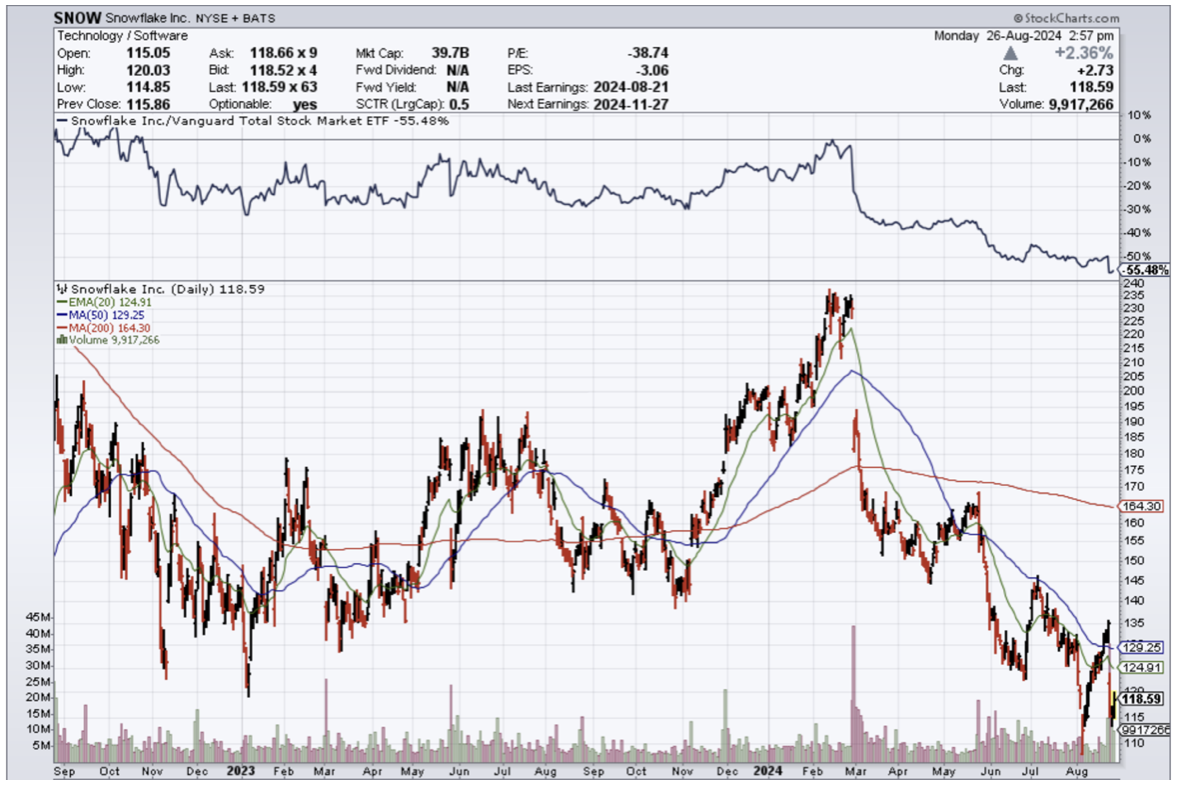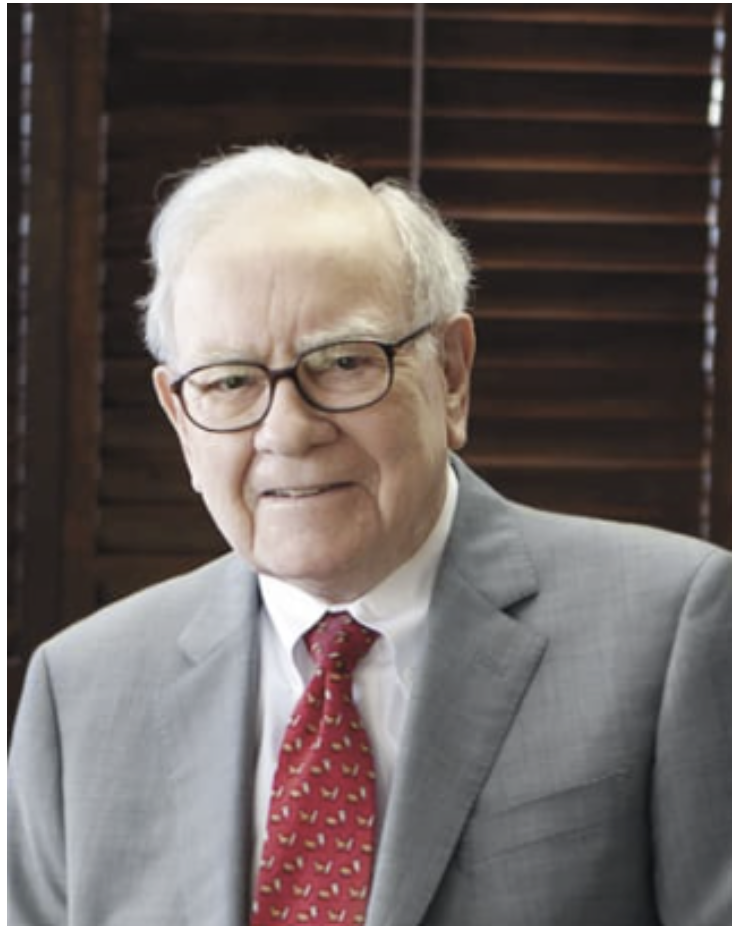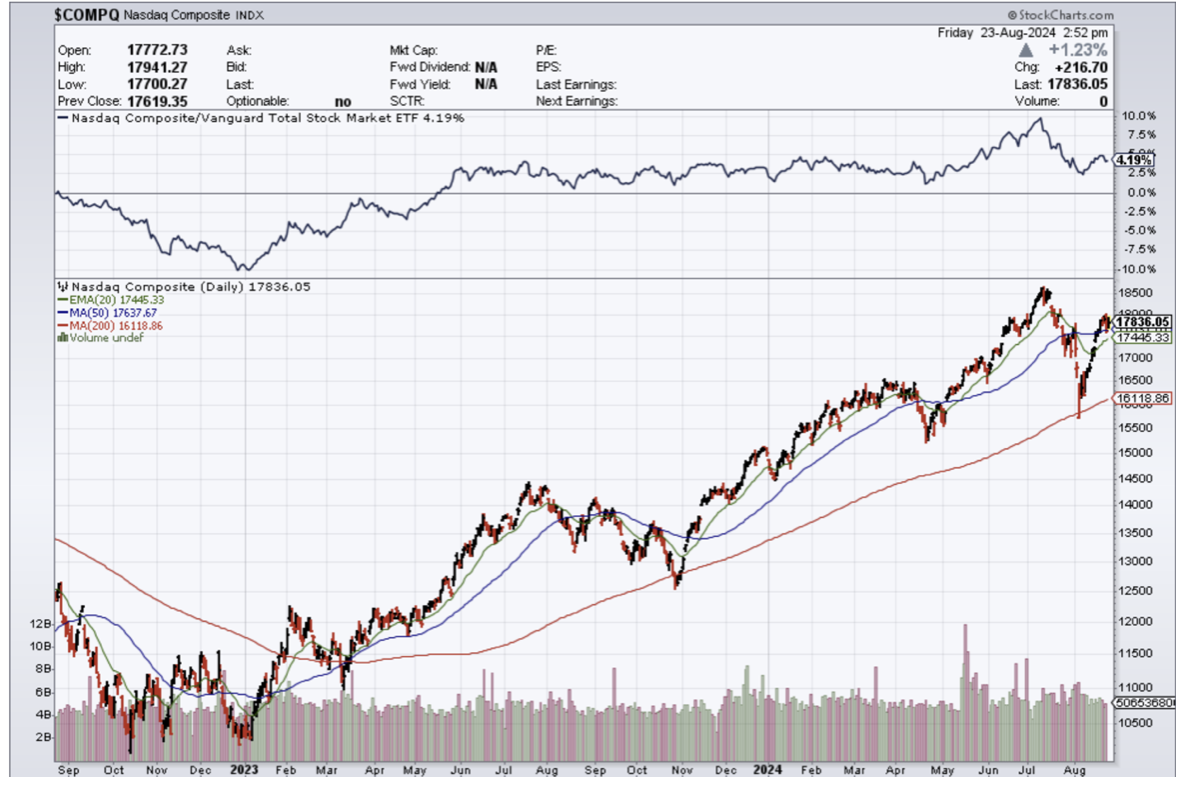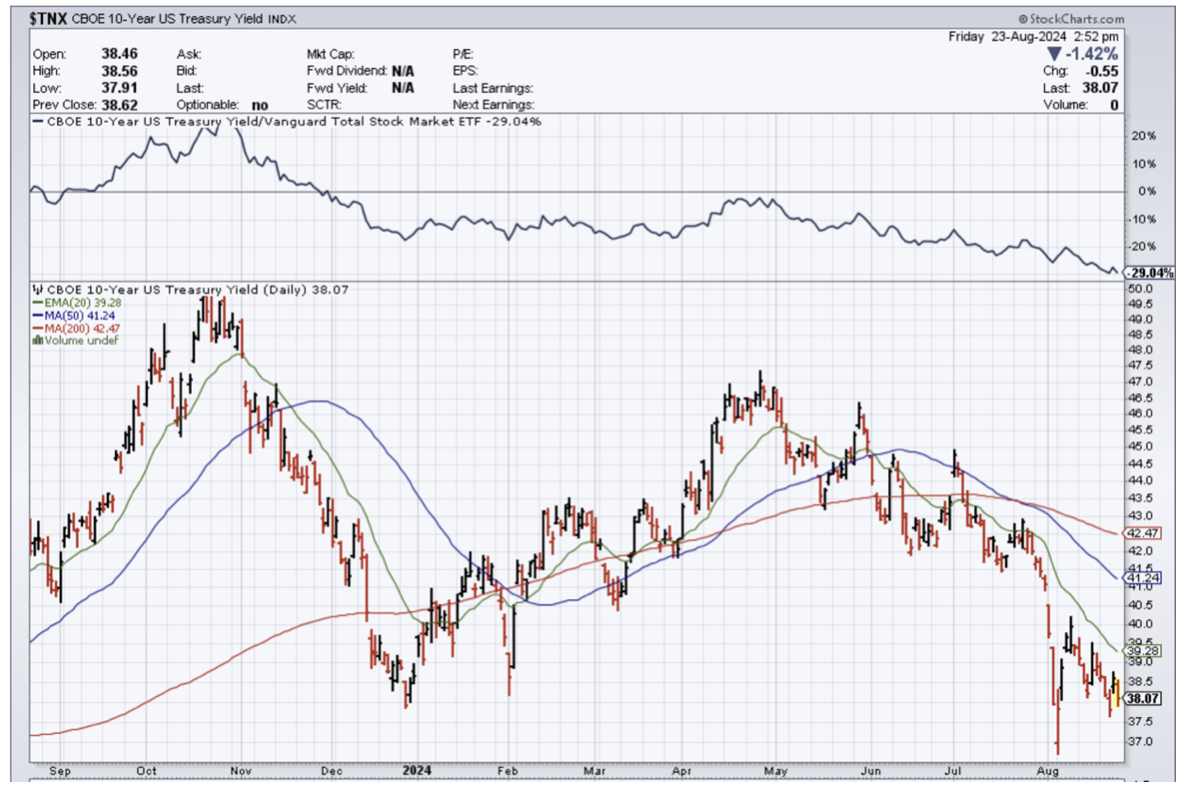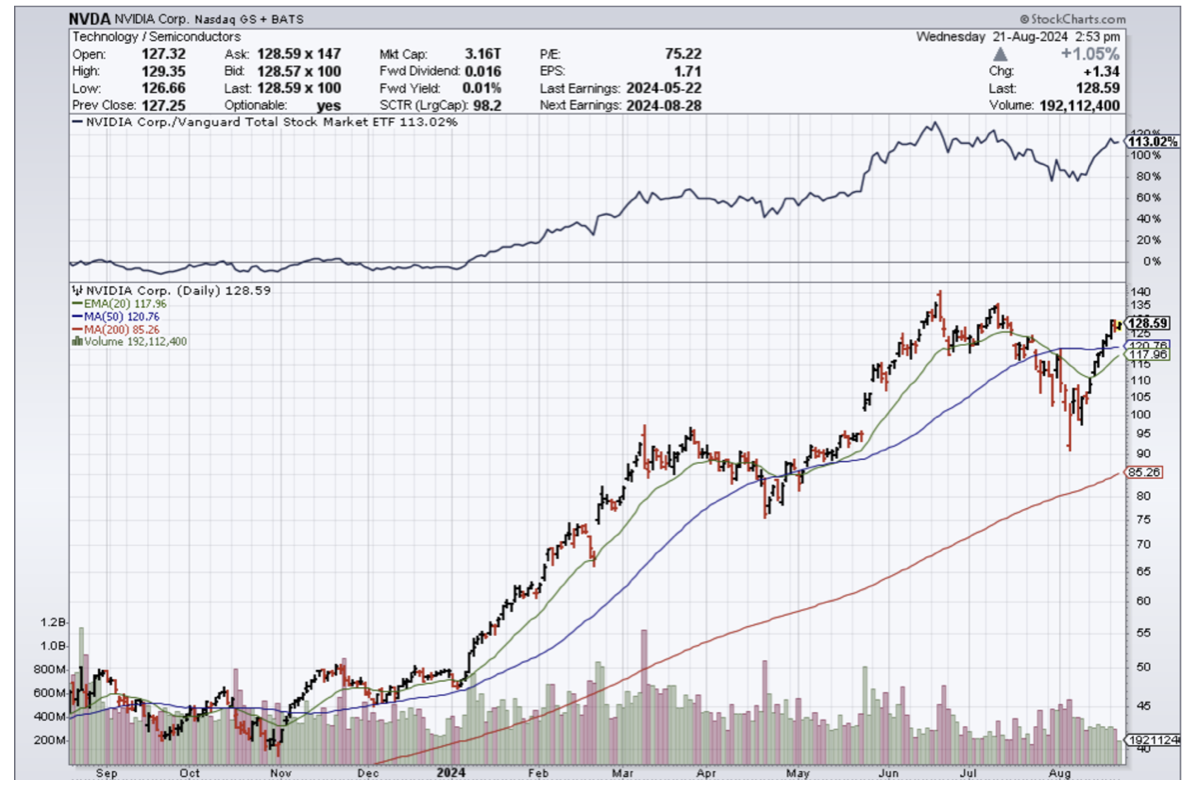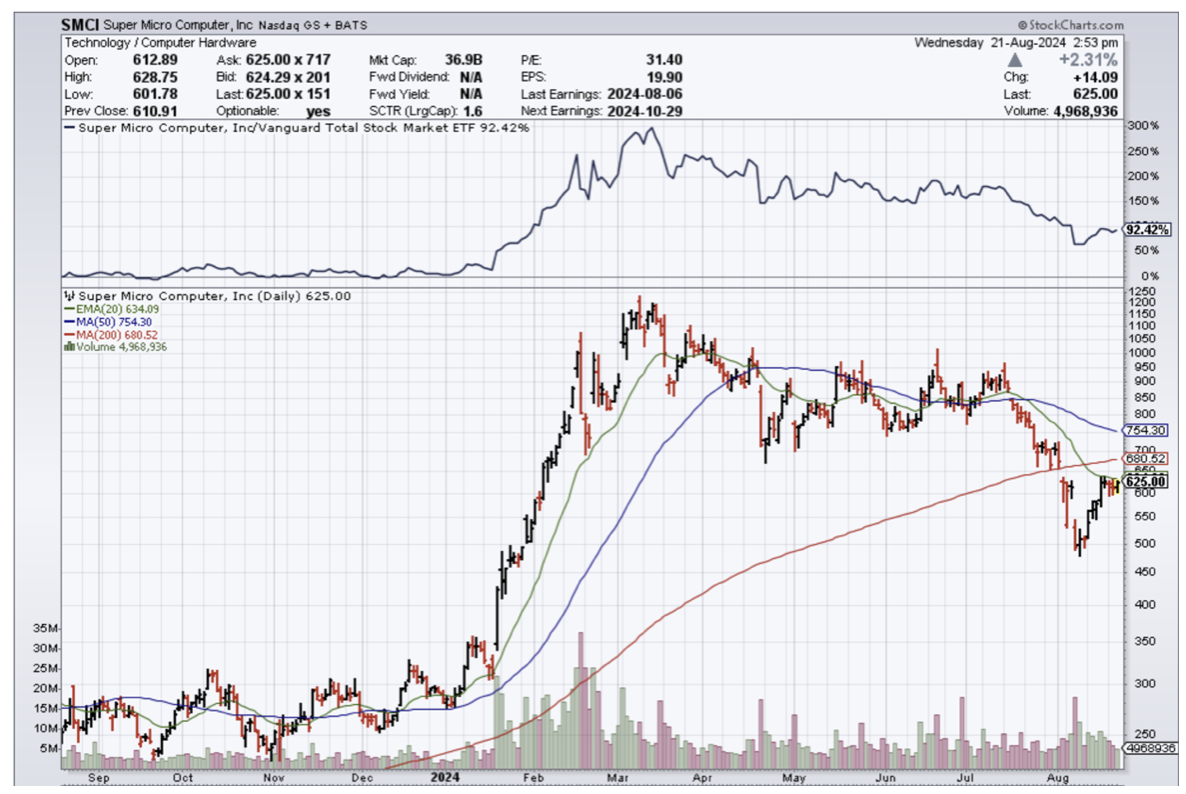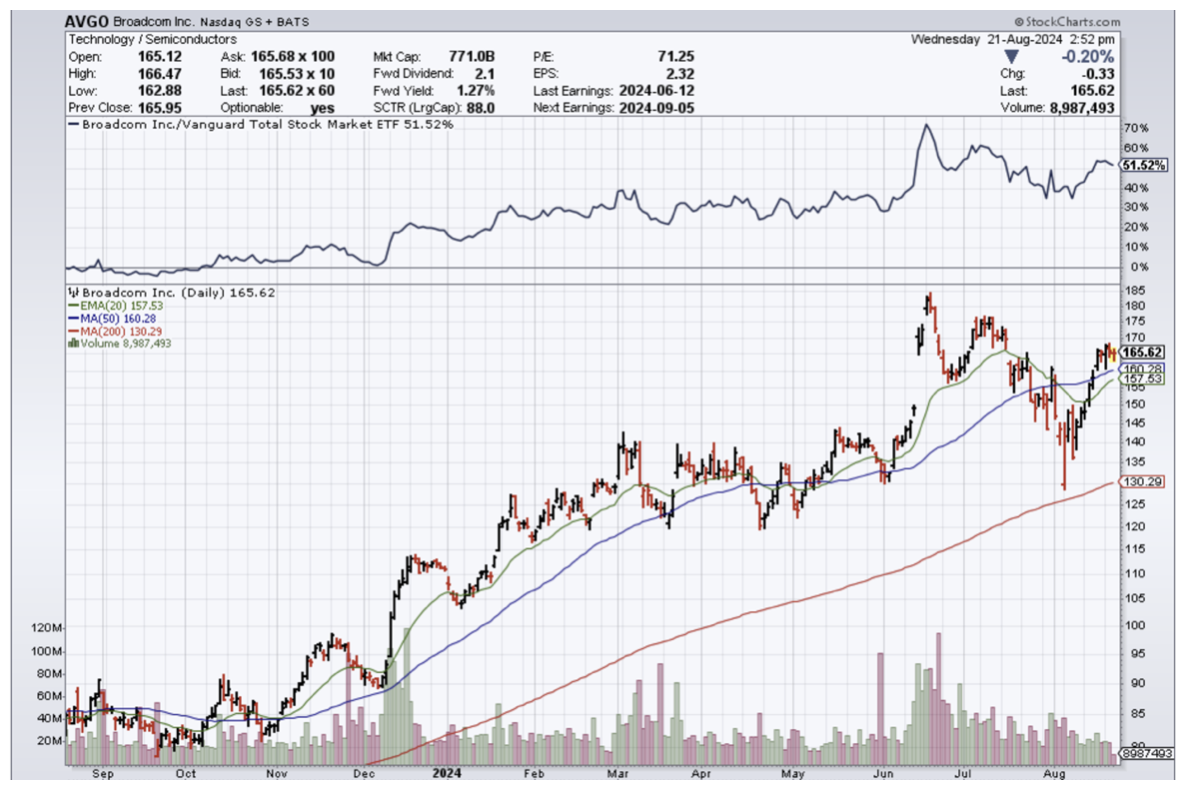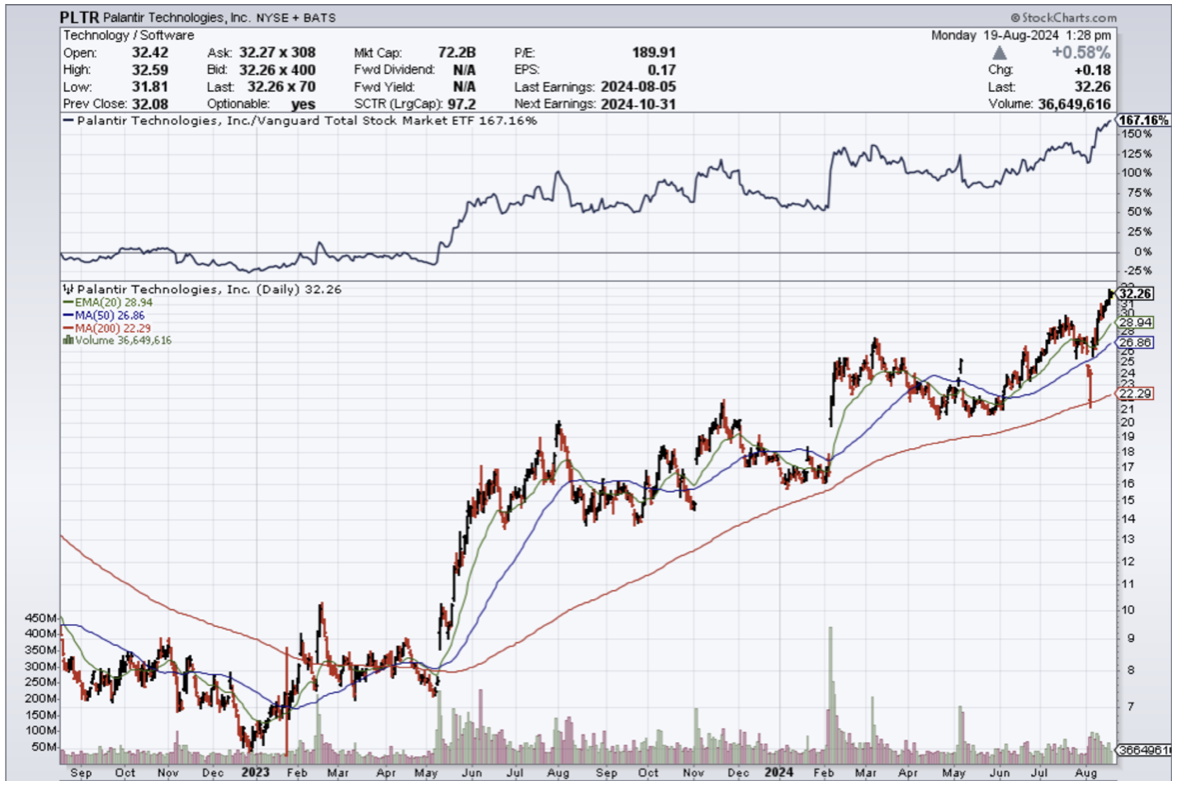Some might believe that there are no more growth companies out there in the tech sector.
Innovation has been dragging its heels for quite some time.
Shouldn’t we have put someone on Jupiter yet?
Tech is still very much in the software revolution.
Screens and iPads have been the devices that have allowed software companies to print money.
Then came the monopolistic stranglehold of big tech like Google and Amazon that has really crushed the small guy.
However, there is still room to flourish for smaller companies that are punching above its weight like Snowflake (SNOW), a software company, renowned for its data cloud platform which houses a global network designed to maximize its cloud potential.
This platform allows thousands of organizations to manage their data concurrently, providing both scale and performance.
Snowflake’s unique platform allows thousands of organizations to manage their data with extensive storage and computing power.
Key features of the platform include data storage, processing, and analytic solutions that run faster than traditional systems.
SNOW disappointed in its sales outlook which is why the stock cratered in the short-term, but I do believe this is a buy-the-dip opportunity for the objective investor.
It assured investors that results weren't affected by AT&T's recent data breach or the Crowdstrike outage.
Deceleration is never a term shareholders want to hear from a public company.
The reason for the slowdown is that other companies are beginning to pull back their budgets.
Snowflake’s data warehouse also competes with platforms operated by larger technology giants such as Amazon’s (AMZN) Redshift and Alphabet’s (GOOGL) BigQuery.
These companies could challenge Snowflake’s unique usage-based pricing model as compared to traditional subscription-based pricing.
Lastly, the company still has not turned profitable, leading investors to question the sustainability of the company’s business model.
The company is actively expanding its capabilities in new ways.
Snowflake has developed its own Large Language Model (LLM) called Arctic, which has outperformed other LLM models in various benchmarks, such as Meta Platforms’s (META) Llama.
Furthermore, the company is also enhancing its capabilities through a strategic partnership with Nvidia (NVDA) which aims to provide its customers with a platform designed to boost AI productivity, thereby enhancing business performance.
These 10 new features will provide new revenue streams and more users, re-accelerating Snowflake’s year-on-year revenue growth.
Snowflake’s focus on ramping up its AI offerings displays its commitment to maintaining its leadership in the data warehousing sector.
I do believe that SNOW is worth a look.
It’s true that competition will be a rough ride with the likes of big tech looking to outmuscle SNOW.
That is a serious risk to the long-term viability of the business model and I am not downplaying this risk.
At a $40 billion market cap, the stock definitely screams small company.
However, I do believe there is more room to run to the upside, but the growth is definitely limited.
I think at $115 per share, it is worth a trade and the next pop would be a great time to take profits.
Much of the rate hikes have been discounted into the price of shares so I do believe they will need to show us more than just give them the benefit of the doubt.

